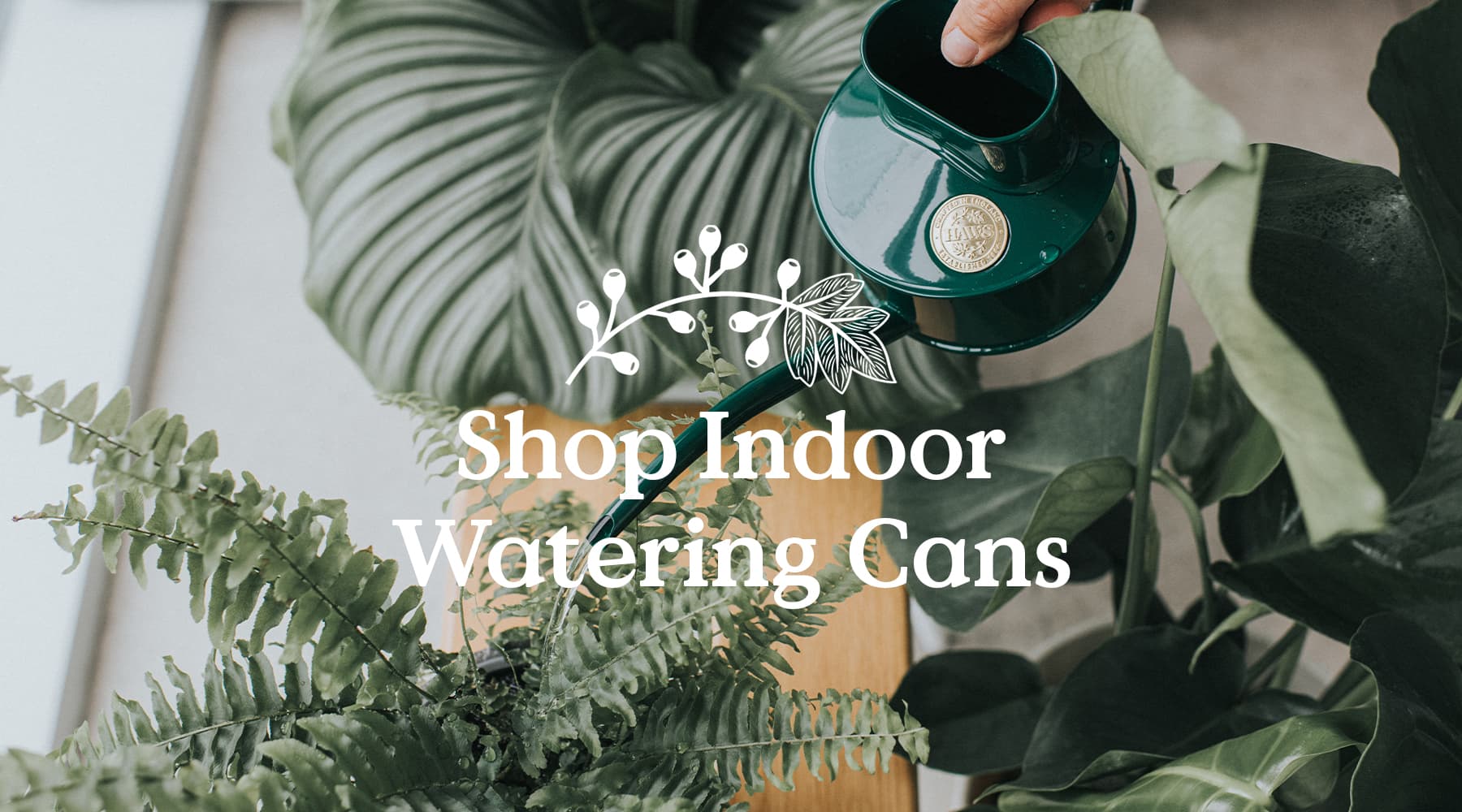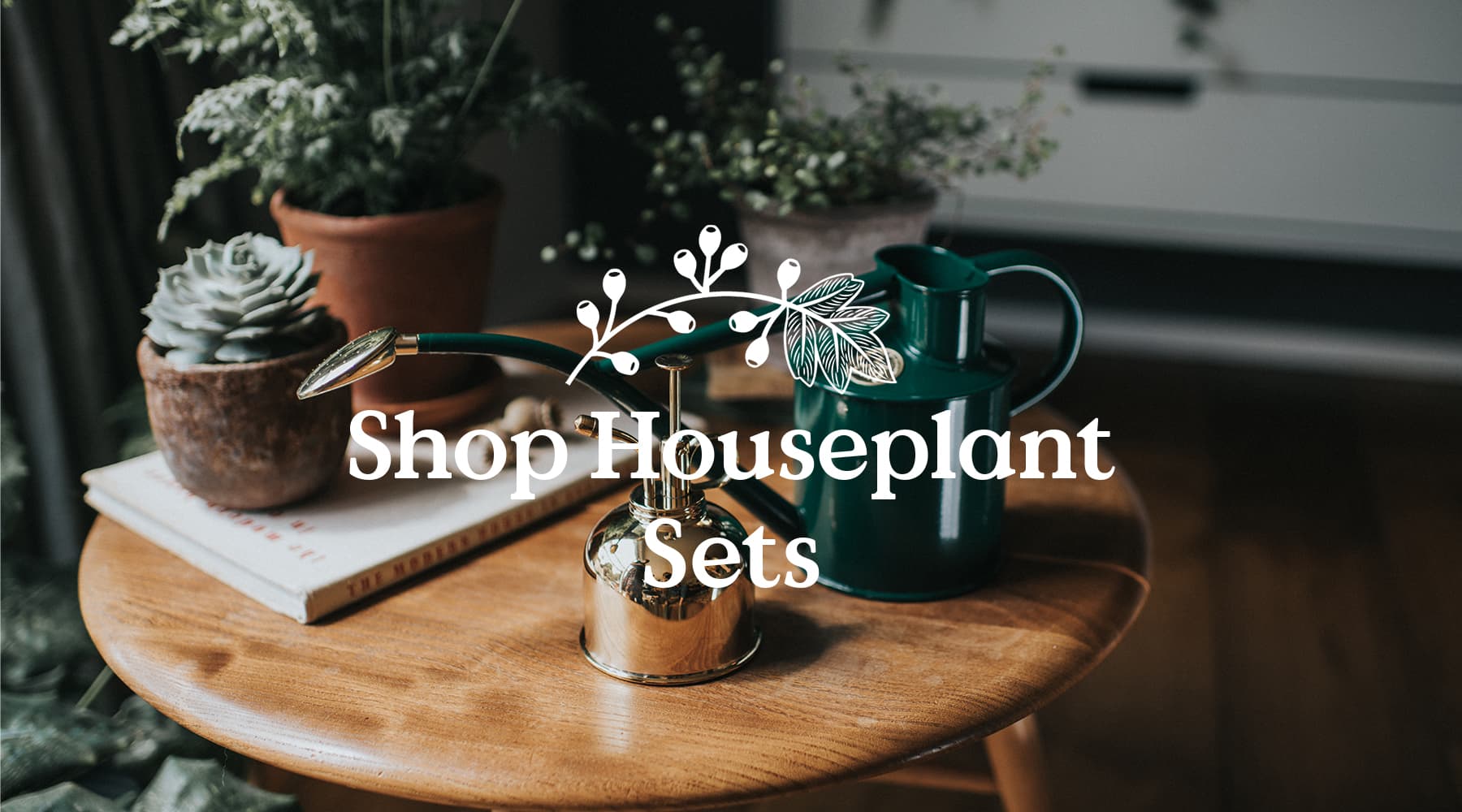It's a rite of passage as a plant parent to succumb to the colourful, patterned beauty of a calathea, only to find yourself dealing with crispy, browning leaves just a few weeks after bringing it home.
If your calathea is looking less than perfect, you're not alone. These alluring plants are known for being a little dramatic when their needs aren't met. The good news? Once you understand what's causing those brown, crispy edges, you can get your green friend back to its beautiful best.
1. You're Letting the Soil Dry Out Too Much
Never let them get too thirsty
Calatheas are jungle plants at heart, which means they're used to consistently moist (not soggy) soil. When the soil dries out completely, your plant goes into stress mode, and those beautiful leaves start crisping up from the edges inward. The tricky part? Overwatering and underwatering can both cause similar symptoms!
The fix: Check the soil regularly with your finger. The top inch should feel slightly damp, never bone dry. When you do water, give it a thorough drink until water runs from the drainage holes. A watering can with a fine rose attachment gives you perfect control for gentle, even watering that won't create dry pockets in the soil.

2. Your Home's Humidity Is Too Low
They miss the jungle
Central heating, air conditioning, and our generally dry indoor air can spell disaster for humidity-loving calatheas. When the air is too dry, the leaf edges literally dry out and turn brown and crispy.
The fix: Boost humidity around your plant by grouping it with other plants, placing it in a naturally humid room like the kitchen or bathroom, or give the leaves a gentle mist with a fine spray bottle like our Smethwick Spritzer.

3. Too Much Direct Sunlight Is Scorching the Leaves
Sun-shy by nature
While calatheas need bright light to maintain their stunning patterns and sustain healthy growth, direct sunlight will literally burn their delicate leaves, causing brown, crispy patches that will leave your plant looking worse for wear.
The fix: Move your calathea to bright, indirect light. This might mean positioning it a few feet back from a south-facing window, using sheer curtains to diffuse harsh direct light, or placing it beside an east or north-facing window where it gets gentle morning light or consistent bright light without the intensity. The goal is luminous but filtered light that won't scorch those precious leaves.

4. Your Tap Water Contains Too Many Chemicals
Fussy about water quality
Calatheas are notoriously sensitive to the fluoride, chlorine, and other chemicals found in most tap water. These chemicals build up in the soil and leaves over time, causing brown tips and edges. It's often the first sign that your water quality needs attention.
The fix: Switch to filtered water, rainwater, or let tap water sit out overnight before using it (this allows chlorine to evaporate, though it won't remove fluoride). If you've been using tap water for a while, consider flushing the soil thoroughly with distilled water to remove chemical buildup.
5. Temperature Fluctuations Are Stressing Your Plant
Consistency is key
Calatheas prefer steady temperatures between 18-24°C (65-75°F). Cold drafts, hot radiators, or sudden temperature swings can cause stress that shows up as crispy, brown leaf edges. Even a chilly windowsill on winter nights can be enough to upset these sensitive plants.
The fix: Keep your calathea away from heating vents, air conditioning units, drafty windows, and exterior doors. Find a spot with consistent temperature and good air circulation without direct drafts. If your home gets quite cool at night, consider moving it slightly away from windows during winter months.
6. You're Over-Fertilising
Less is definitely more
While it might seem like extra nutrients would help, calatheas are light feeders. Too much fertiliser causes salt buildup in the soil, which burns the roots and shows up as brown, crispy leaf edges. You'll often see white crusty deposits on the soil surface too.
The fix: Feed sparingly during growing season (spring and summer) with a diluted, balanced liquid houseplant fertiliser. Use about quarter to half the recommended strength, once a month maximum. Skip feeding entirely in autumn and winter when growth naturally slows. If you suspect over-fertilising, flush the soil thoroughly with distilled water.
The Bottom Line: Give Your Calathea What It Craves
Think of your calathea as a tropical beauty that needs you to recreate the conditions that make it feel at home. It wants warm (but not hot) temperatures, high humidity, gentle filtered light, and consistently moist conditions. Once you create this mini rainforest environment, those crispy edges should be a thing of the past.
Remember: Don't panic if you spot a few brown edges. Trim them off with clean scissors (following the natural leaf shape), adjust your care routine, and watch for healthy new growth. With a little attention to these details, your calathea will reward you with those gorgeous, prayer-like movements and stunning foliage that made you fall in love in the first place.
Keep your calathea happy with precise watering tools designed for houseplant perfection.
Need help creating the perfect watering routine? Our indoor watering collection offers precision control for all your plant babies.
Quick Reference: Calathea Care Checklist
✓ Soil slightly moist, never dry
✓ High humidity (50%+ if possible)
✓ Bright, indirect light only
✓ Filtered or distilled water
✓ Consistent temperatures 18-24°C
✓ Light feeding in growing season only (diluted strength)
✓ Regular misting (morning preferred)
✓ Well-draining soil that retains moisture
Your calathea isn't being difficult – it's just asking for a little slice of the tropics. Give it what it needs, and those crispy days will be behind you both.











